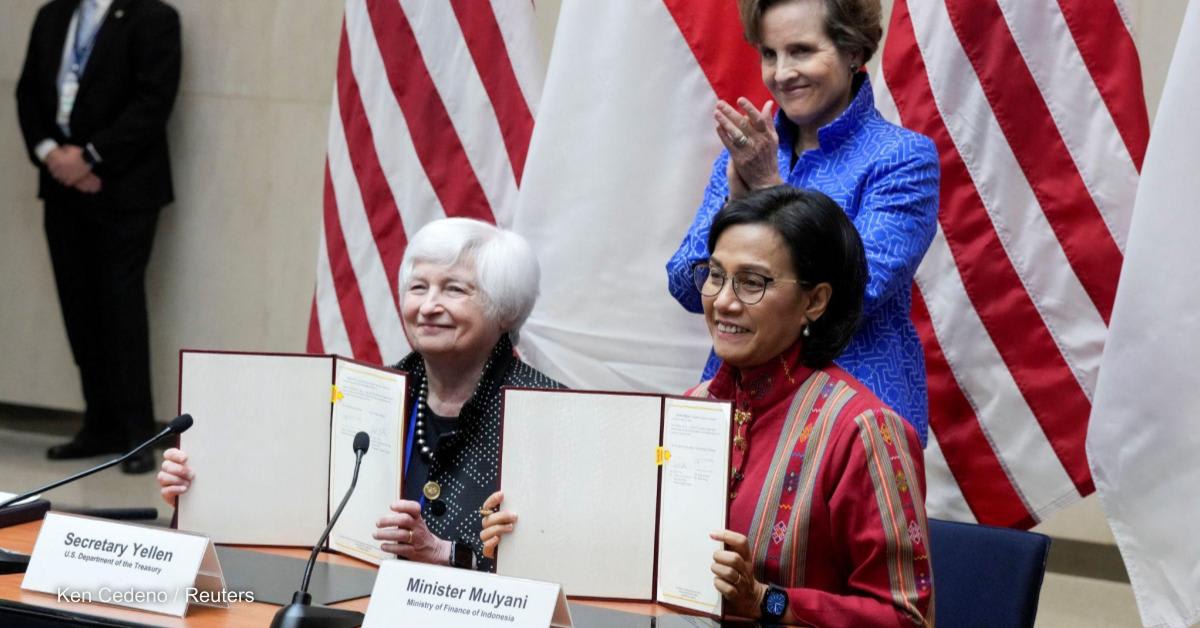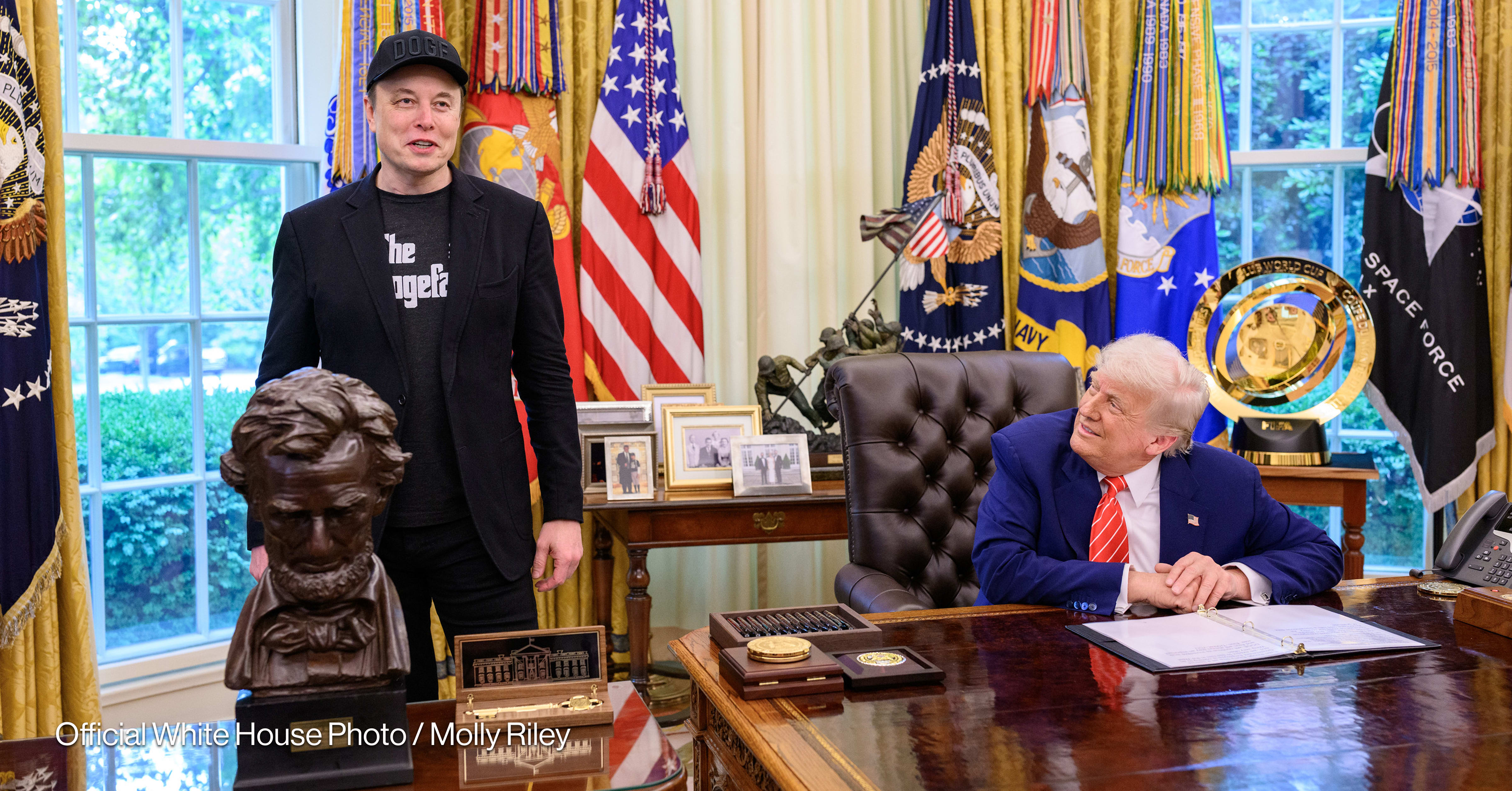
Despite an increase in USAID’s budget and strong backing by the Obama Administration in recent years, the outlook for American international development contractors has become increasingly uncertain. With reports that the Super Committee will cut Function 150 programs that do not pass a strict national security litmus test, speculation has been rampant that much of the progress made over the last several decades to secure Congressional funding for international development efforts will be rolled back. Implementing partners that operate outside the health, agriculture, and climate change initiatives that the Administration is likely to protect could find their existing contracts in jeopardy and their future opportunities dwindling. Growing concerns over USAID’s intentions to insource the program design phase of projects as well as to oblige contractors to enforce rigorous compliance standards or face suspension and debarment has only compounded the difficulty of operating in an increasingly constrained international development space.
In order to buffer themselves from the negative impacts USAID’s challenging operating environment could have on their bottom lines, international development providers should begin to think holistically about their business strategies and expanding their customer base. Contractors will have to come to terms with the idea that solely servicing USAID customers may no longer be sufficient to drive future revenue growth on its own. Rather, it would be prudent for contractors to begin to pursue opportunities beyond USAID and look towards other international development agencies and accounts abroad.
One strategy is for contractors to consider servicing the development arms of intergovernmental organizations such as the United Nations and the World Bank. Outside of initiatives in countries of strategic importance to the US, USAID’s democracy promotion and long term economic growth programs face some of the greatest risk of being cut or eliminated entirely. Thus implementing partners whose revenues are heavily dependent on these market segments should contemplate targeting intergovernmental agencies that specialize in and maintain a robust portfolio of similar programs. For example, the UN’s Development Program operates various rule of law, anti-corruption, parliamentary strengthening, economic growth and other capacity building programs around the world. However, implementing partners who wish to service such customers must adapt to their unique form of development. This may entail adjusting financial systems, pricing strategies, program management and technical classifications in an effort to transition away from USAID project implementation. Furthermore, in the case of the World Bank, implementing agencies in recipient countries are responsible for procurement, requiring contractors to be comfortable operating in less familiar business environments. Nonetheless, implementing partners who exhibit this flexibility will be better positioned to offset the risks facing USAID’s democracy building and economic growth programs.
Contractors can also consider entering markets servicing other aid agencies affiliated with the Development Assistance Committee (DAC), a forum for the world’s most established aid donor countries. Although in 2010 the US remained the largest international aid donor in the world at $30 billion, the rest of the DAC contributed close to $100 billion in aid. The UK, France, Germany and Japan can all boast of robust development programs. Although each of these countries are undergoing their own budgetary challenges, the DAC reports that overall non-US contributions are nonetheless expected to grow over the coming years, albeit at a slower rate than before. In the case of some countries, such as the UK, international development accounts were spared altogether from spending cuts. These DAC affiliated aid agencies typically operate in the same countries and invest in similar health, agriculture, education, poverty reduction and democracy promotion programs as USAID, and therefore represent viable adjacent markets for USAID’s implementing partners to transfer and leverage their existing capability sets and capacity building expertise. USAID implementing partners such as DAI and EngenderHealth, as well as international contractors such as Cardno and Coffey, have already adopted this outlook to diversify their customer base. The recently announced merger between Futures Group and GRM International further underscores the lengths to which some implementing partners are taking to curb their overexposure to USAID clientele.
Lastly, implementing partners can consider positioning themselves to capture emerging South-South opportunities. While aid agencies of developed countries may be facing increasing budgetary pressures, leading developing countries have rapidly expanded their own international development accounts in order to promote their commercial and geopolitical interests. In 2005 non-DAC aid from countries such as Saudi Arabia, India, China and Brazil collectively totaled less than $5 billion, but has since topped the $10 billion figure for two consecutive years while registering an average annual growth rate of close to 25 percent (conservatively estimated). Furthermore, in contrast to some DAC agencies, future development dollars are still contractor addressable because contracts for many South-South initiatives and programs are yet to be allocated. Although an American company entering a “Southern” market may well require either an acquisition of or a joint venture with an indigenous development provider, implementing partners who do so in the near term and remain committed will be at a strategic advantage to capitalize on their customer proximity, market intelligence and competitive positioning as emerging opportunities continue to mature.
To be clear, operating in Southern development will present its own unique set of challenges to American contractors and should not be considered a near term solution. Countries such as China and India are investing heavily in infrastructure and natural resource projects that are very different from core USAID capacity building initiatives. Business environments are much more opaque in the South, where government officials can be hesitant to reveal details of development assistance projects such as project costs and evaluation mechanisms, while the lack of transparency invites corruption. Furthermore, most Southern donors lack a central coordinating agency to manage and monitor their aid programs, which can blur the line between development and investment promotion. Nonetheless, the South has progressed significantly in recent years as climate change, pandemics, and energy and food crises have motivated developing countries to enhance their partnerships, while Southern leaders such as India and Brazil are currently pondering establishing their own centralized aid agencies. Perhaps most importantly, the South’s money has matched its rhetoric as some Southern countries have started the transition from net recipients of aid to net donors.
As budgetary and operating environments become more challenging at home, implementing partners can no longer rely solely on USAID contracts to position them for longstanding success. Companies that have a firm understanding of the changing international development landscape and who are agile enough to adapt to new customers outside of USAID will enhance their prospects for long term revenue growth. As opportunities emerge abroad, it’s time for aid contractors to think holistically and creatively about the future of international development and the tangible benefits of working beyond USAID.








